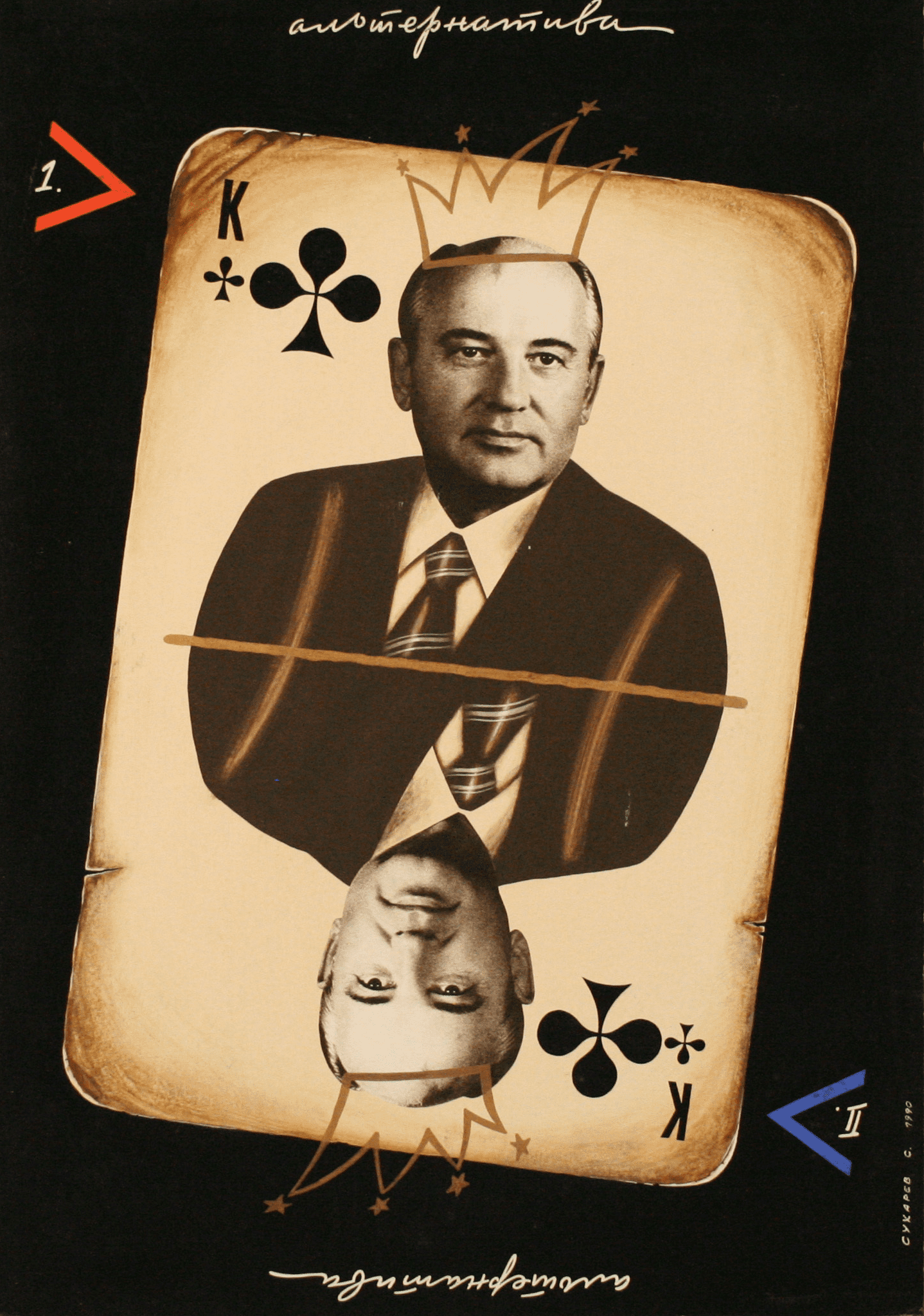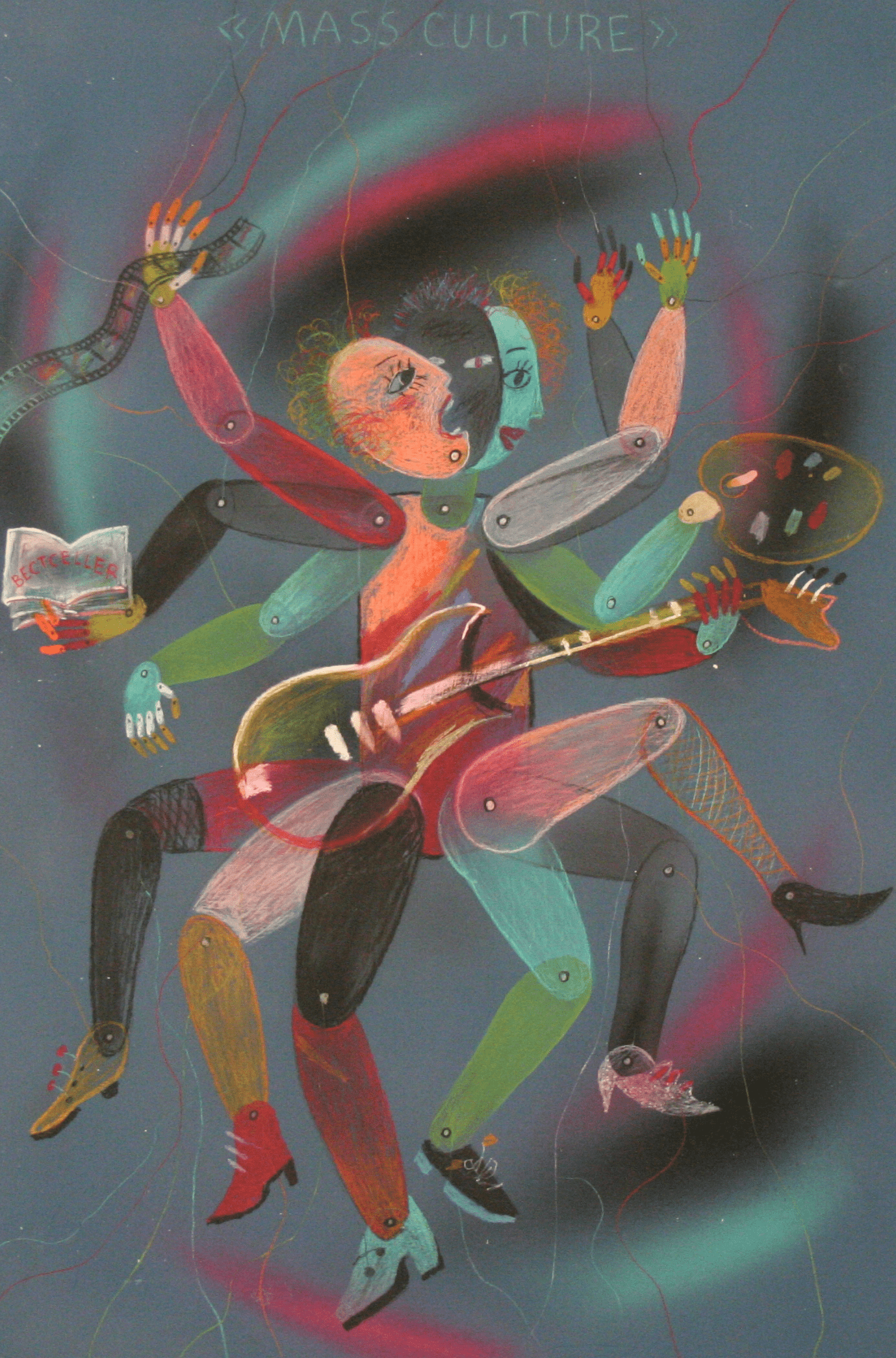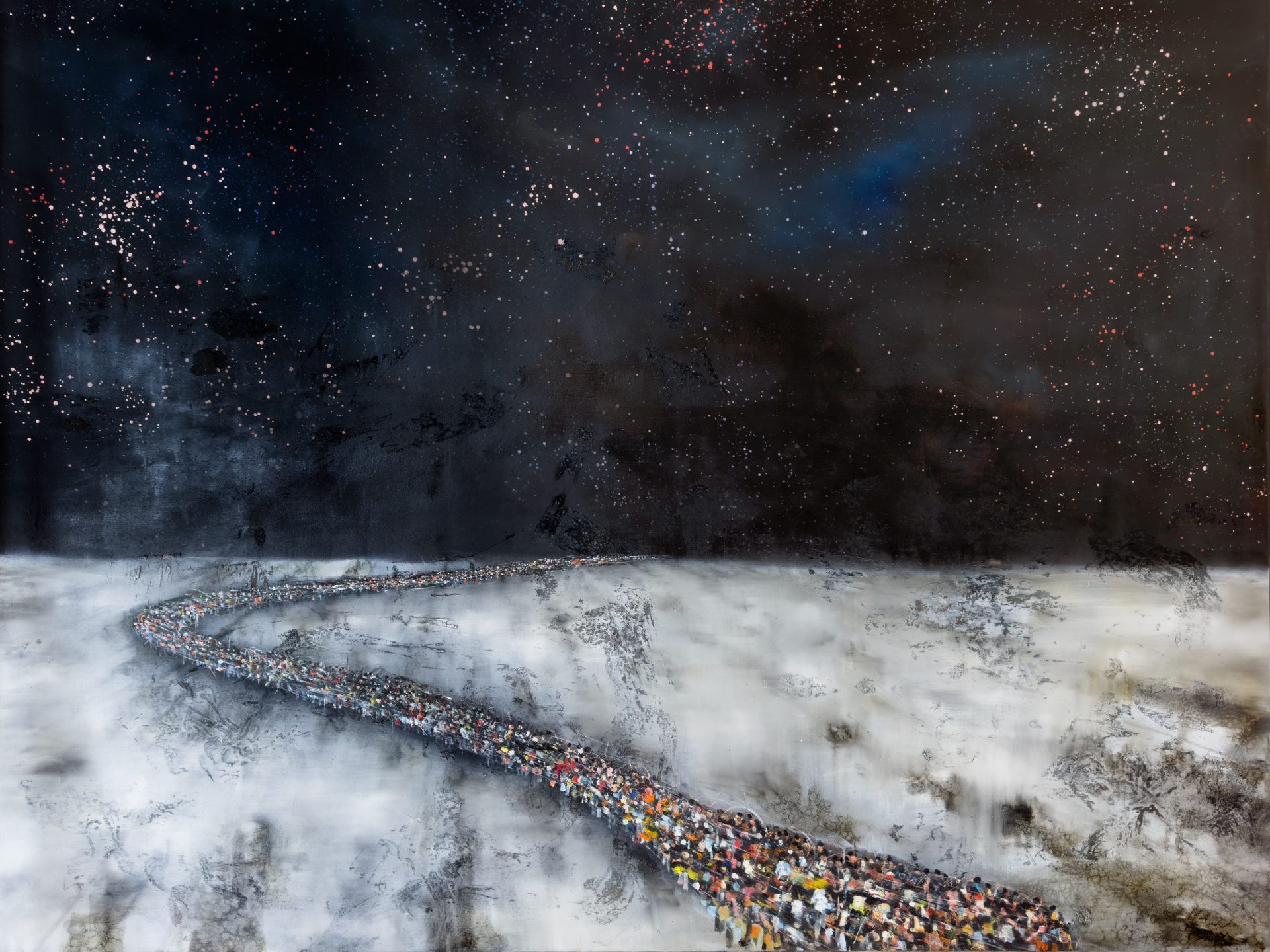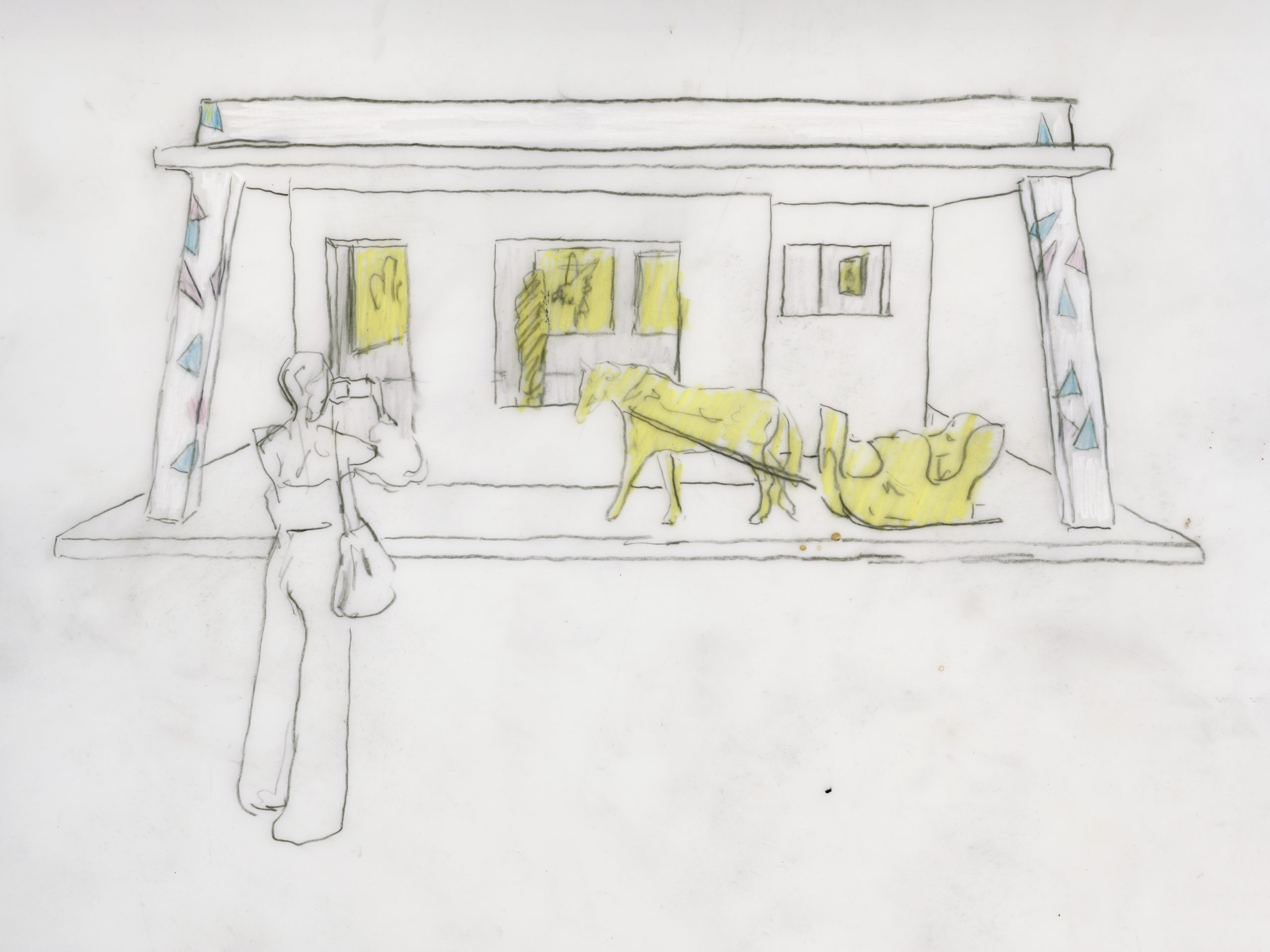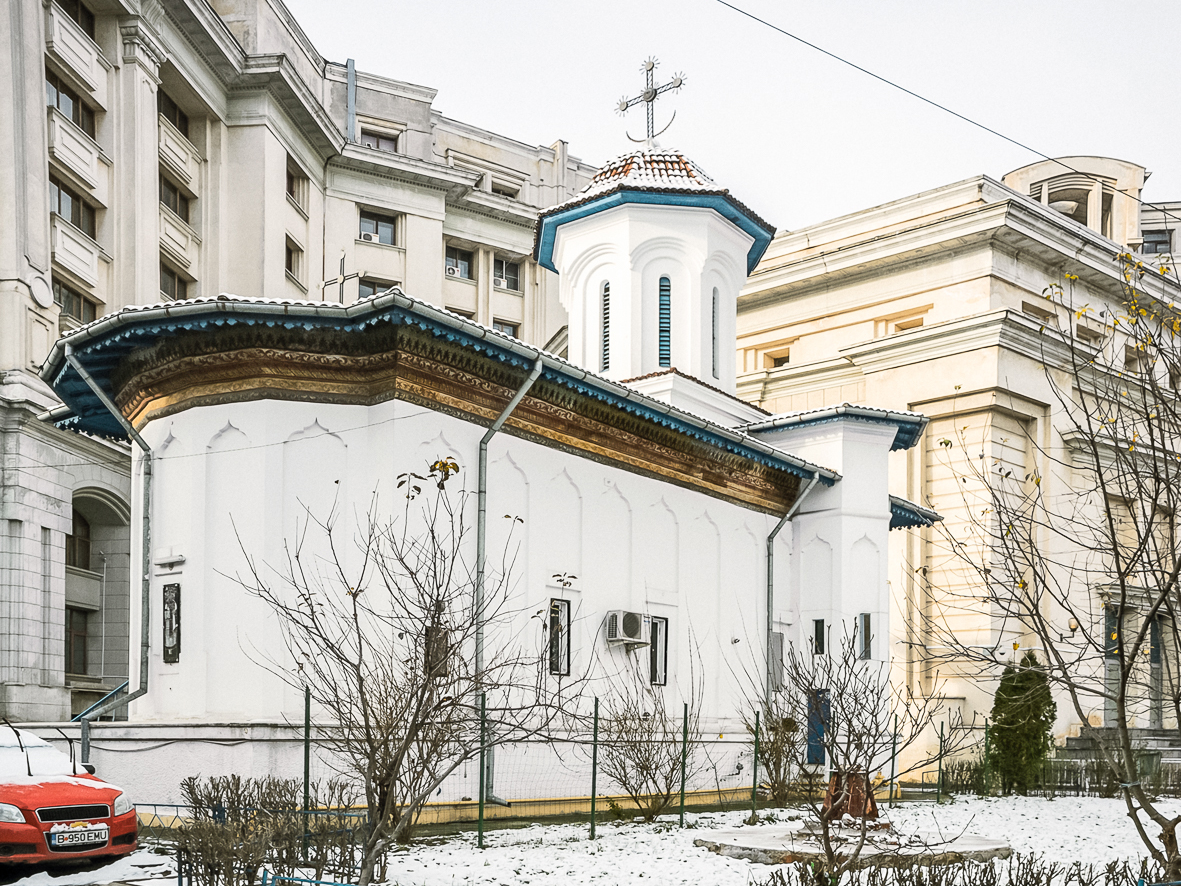Red Shoes: Love, Politics, and Dance During the Cold War
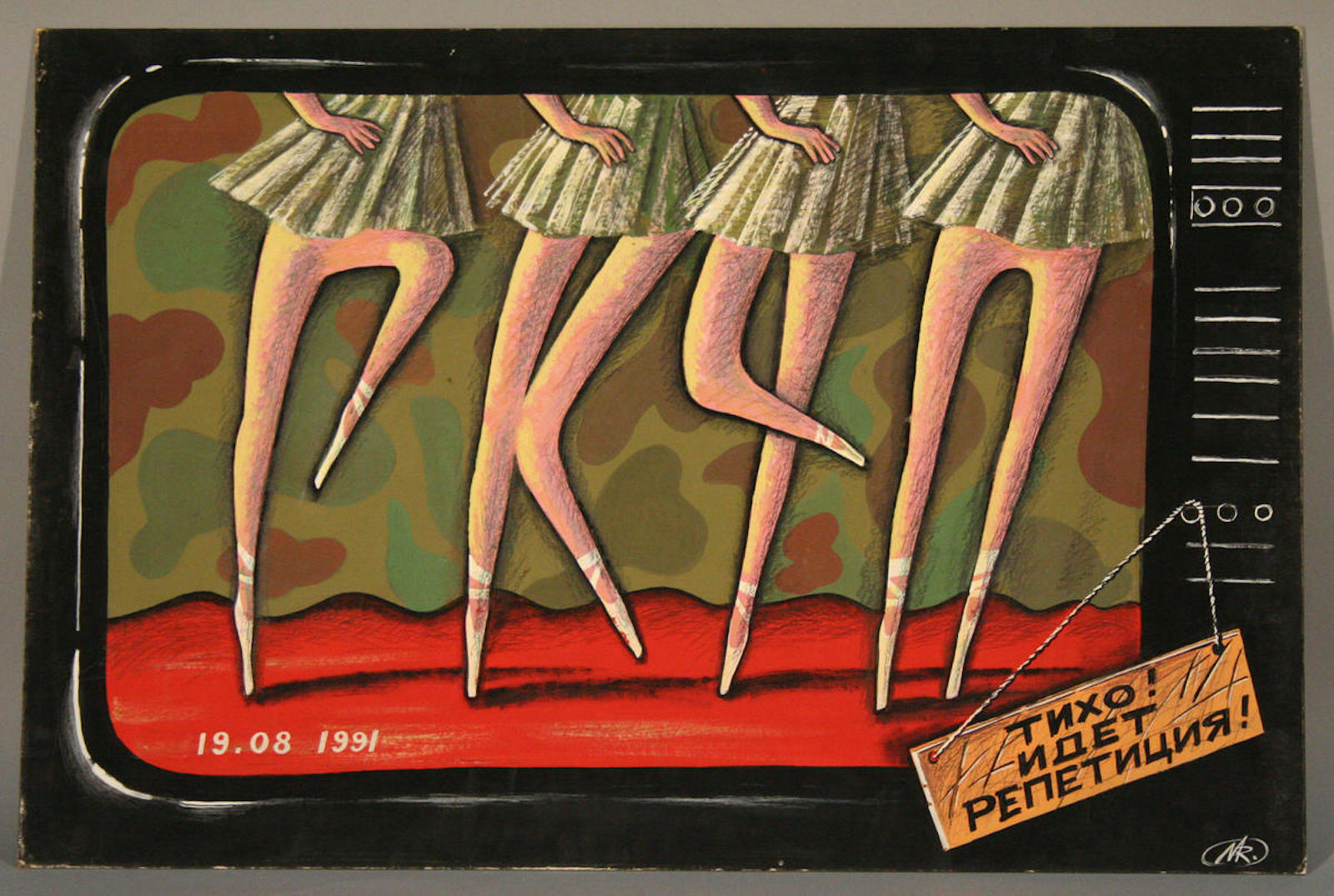
Ballet was part of the high drama of the “culture wars,” as the US and USSR jockeyed for position during the Cold War. The Soviet Union produced some of the greatest dancers the world has ever known, with the Bolshoi and Kirov companies as standard bearers. But there were also painful losses, such as the defections of star dancers Nureyev, Makarova, and Baryshnikov, and the stifling of dance innovation during a time of great creativity in the West. This included Russian-born choreographer George Balanchine’s landmark achievements with New York City Ballet – all too evident when after more than 40 years he returned to the USSR for performances in 1962. How did the culture wars fit into the larger context of Soviet and American ballet, and the place of dance in Soviet life? Curated by psychologist and Wende Museum Board Member Thomas E. Backer, PhD, the exhibition explores this question, with a focus on the personal stories of two couples dancing across Cold War borders. Kent Stowell, who performed with New York City Ballet in its historic 1962 USSR tour, and his wife, Francia Russell, who staged one of Balanchine’s works in the USSR in 1988, are the co-founders of the world-renowned Pacific Northwest Ballet. Kirov soloist Ludmila Lopukhova left the USSR for the United States (and stardom with San Francisco Ballet), after meeting and marrying Derek Hart, British former dancer who directed the 1983 documentary Backstage at the Kirov. Their stories illuminate another side of the Cold War – one fought not with threats of nuclear war but with fierce competition for cultural dominance.


